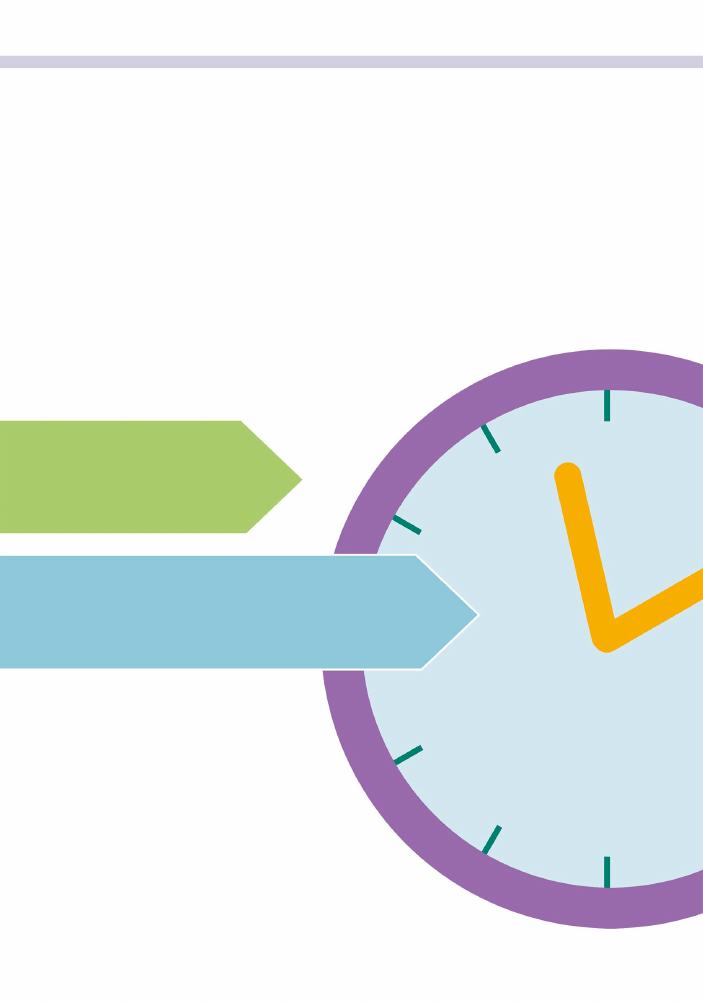
376 / PREPARING TO NEGOTIATE
Designing the structure
Structuring your approach
Every successful negotiation starts with
a clear structure: defined roles, agreed
rules, a set agenda, and a schedule for
action. A framework for the negotiation
will most likely be suggested by each of
the participants. It is then subject to
negotiation and joint re-creation so that
all parties are satisfied that it reflects
their concerns. Consult with the other
party before you negotiate to agree on
all procedures that you will use. If you
cannot agree on the procedures, it may
be better to postpone or abandon the
negotiations altogether.
Basic ground rules These need to be
agreed to with your counterpart. For
example, is it acceptable to change
negotiators in midstream? Are
observers allowed? Is the meeting
open or closed? How should people be
addressed and how should priority of
speech be given? What will be the
course of action if you cannot reach an
agreement? All parties should agree
to listen respectfully to one another,
attempt to understand the positions of
others, and refrain from legal
proceedings for the duration of the
negotiation.
Before producing a blueprint for a building, an architect first studies the
functionality of the structure—the purpose it will serve. When you are
planning a negotiation, you need to think like an architect and devise a
structure and a process that will best fit the purpose of the negotiation.
CREATING THE RIGHT
TEAM
In team negotiations,
carefully consider the
size and composition of
your team so that you
include all necessary
skills and represent
all key constituents.
Tip
Negotiation starts with
defined roles, agreed rules,
an agenda, and a schedule
US_376-377_Designing_the_structure_1.indd 376 30/05/16 3:06 pm

DESIGNING THE STRUCTURE / 377
Making a framework
Your agreed framework needs to be
sufficiently flexible to accommodate
changes in circumstance, but should
at least cover the elements below.
An agreed venue Chinese
philosopher Sun Tzu’s Art of War
states that one should “lure the tiger
from the mountain”—that is, make
your counterpart leave their
comfortable environment. Ask
yourself how the choice of venue will
affect you and your team. At the very
least, ensure that you will have
access to the necessary support
(computers, secure phone lines, and
the necessary advisers).
Elements of a successful framework
A framework for the negotiation
will most likely be suggested by
each of the participants
A clear agenda This should include
all the substantive issues and
interests that you and the other
party wish to negotiate. Clarify
the level of importance of each
issue and decide the order in which
issues should be discussed. Some
negotiators prefer to start with
easy issues, others tackle
everything together.
US_376-377_Designing_the_structure_1.indd 377 30/05/16 3:06 pm

378 / PREPARING TO NEGOTIATE
Managing processes
Once you have an agreed framework in
place, you also need to structure the
processes that will steer the negotiation
through its various phases. There are
three distinct processes—the negotiation
process, the temporal process, and the
psychosocial process—that come
together in any negotiation. Each
requires a different set of skills.
The negotiation process involves
managing all the information and
communications during the discussions,
planning and replanning, coordinating
efforts between negotiators, making
moves and countermoves (all in real
time), and making important decisions
under conditions of uncertainty and
time pressure.
Structure the processes
that will steer the
negotiation through
its various phases
The negotiation process
The temporal process
The psychosocial process
US_378-379_Designing_the_structure_2.indd 378 30/05/16 3:06 pm

DESIGNING THE STRUCTURE / 379
Thinking straight
The psychosocial process requires a
sound knowledge of human behavior
and an understanding that people will
take on “roles” during negotiations.
You need to be able to overcome barriers
to rational negotiation and avoid
psychological traps, such as the illusion
of optimism, a sense of superiority, and
overconfidence. Other hazards include
a reluctance to reverse a decision that
produces poor results or intense conflict,
and competition between negotiators in
the same team.
Keeping time
The temporal process involves managing
time and the way in which the negotiation
moves from one stage to the next by
appropriately pacing the speed of each
stage and synchronizing the actions of
the negotiators. Many negotiations (and
sales presentations) stall because the
negotiators belabor points for too long
and are unable or unwilling to move the
process toward its closure phase.
28
months is the average time
it takes for countries worldwide
to agree on terms for regional
trade agreements
US_378-379_Designing_the_structure_2.indd 379 30/05/16 3:06 pm

380 / PREPARING TO NEGOTIATE
•
Move from multiparty negotiations
to one-on-one negotiations.
•
Change the level of negotiation,
upward or downward.
•
Replace negotiators who are self-
serving or too rigid.
38%
OVERCONFIDENCE
If you underestimate your
counterpart you will neglect
to plan well. If you already
think you know how a
negotiation will end, you
may exclude new sources
of information and overlook
creative solutions.
AVAILABILITY BIAS
It is very easy to find
information that is widely
available. So make a
real effort to uncover
information that is obscure
and not so easy to obtain.
Never underestimate the
risks associated with poor
preparation: when you fail to
plan, you plan to fail. The most
common errors in forward
planning include:
CONFIRMATORY BIAS
Do not filter out important
information because it
does not fit with your
existing points of view
and beliefs.
Playing by the rules
The purpose of processes and structures
is not to constrain the progress of the
negotiation, but to give you tools to
resolve challenges or impasses. Having
clear rules will allow you to:
of people believe what they
read in quality newspapers;
only 10% believe the tabloids
Avoiding common mistakes
US_380-381_Designing_the_structure_3.indd 380 30/05/16 3:06 pm
..................Content has been hidden....................
You can't read the all page of ebook, please click here login for view all page.
